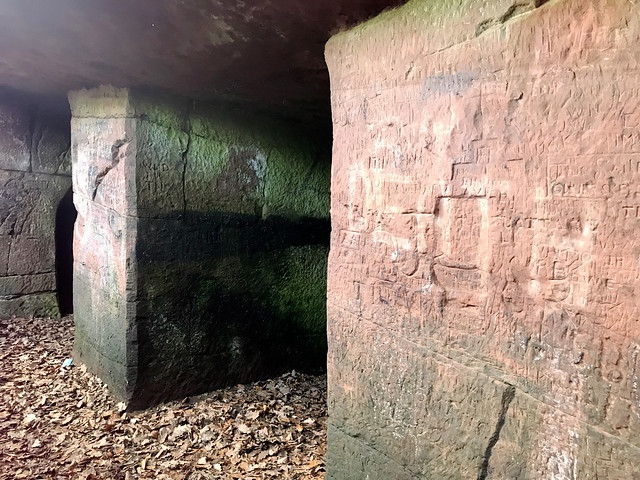Topics > Tees Valley > Civil Parishes in Tees Valley > Houghton-Le-Side Civil Parish
Houghton-Le-Side Civil Parish
About the Parish
| Main Settlements: | Houghton-le-Side (village) |
| Population: |
<100 (2021 Census) - information is held with Walworth Civil Parish |
| Area: | 4.3 km² |
| Parish Council? | Parish Meeting? |
| Unitary Authority: | Darlington Borough Council |
| Combined Authority: | Tees Valley Combined Authority |
| Ceremonial County: | County Durham |
Historical |
|
| Ancient Township: |
Townships became civil parishes in their own right in 1866 (see below). |
| Ancient Parish: |
Ancient parishes refer to the parishes before the split between ecclesiastical (church) and civil parishes in the 19th century. They had a parish church and often were composed of multiple townships and chapelries. In many cases, townships and parishes were originally based on the territory of manors from the feudal system during medieval times. Civil parishes were created following the Poor Law Amendment Act 1866, in which Church of England parishes, extra-parochial areas, townships and chapelries, became "civil parishes" which could set their own poor rate (tax). Then the reforms of Local Government Act 1894 established elected civil parish councils (or parish meetings for parishes with less than 300 residents) and created urban and rural districts. Boundaries of parishes and civil parishes may have changed over time. |
| Ancient District: |
Darlington (ward) |
| Poor Law Union: |
Darlington Poor Law Union, formed in 1837. Darlington Union Workhouse was located on Yarm Road, Darlington (built 1870, replacing earlier workhouse). Under the Poor Law Amendment Act of 1834 parishes were grouped into Unions, each of which had to build a workhouse if they did not already have one. It ended the old system of locally provided poor relief which had come under strain as numbers out of work grew, following increasing mechanisation of agriculture and the economic downturn after the Napoleonic Wars, along with changing social attitudes. The workhouse provided those unable to support themselves financially with accommodation and work. Inmates were generally segregated into men, women, boys and girls. The workhouse system was abolished by the Local Government Act 1929, but many workhouses lived on as ‘Public Assistance Institutions’ until the National Assistance Act 1948. |
|
District Council: |
Darlington Rural District, formed in 1866. The district was abolished in 1974, following the Local Government Act 1972. Darlington Borough from 1974 to 1997 (County Durham). Darlington Borough Council was reconstituted as a unitary authority on the 1st of April 1997. As such, outside of the administrative area of Durham County Council, though remining part of County Durham for ceremonial purposes. |
|
Combined Authority: |
Tees Valley Combined Authority (TVCA) was established in 2016, consisting of a mayor and 5 unitary authority areas of Darlington, Hartlepool, Middlesbrough, Redcar & Cleveland and Stockton-on-Tees. Large parts of the TVCA area had previously been within the County Borough of Teesside (1968-1974) and it's successor, County Cleveland (1974-1996). |

Co-Curate Page
Houghton-le-Side
- Overview About Houghton-le-Side Map Street View Houghton-le-Side is a village in the Borough of Darlington, in the ceremonial county of County Durham. Houghton-le-Side is a small village in the borough …










